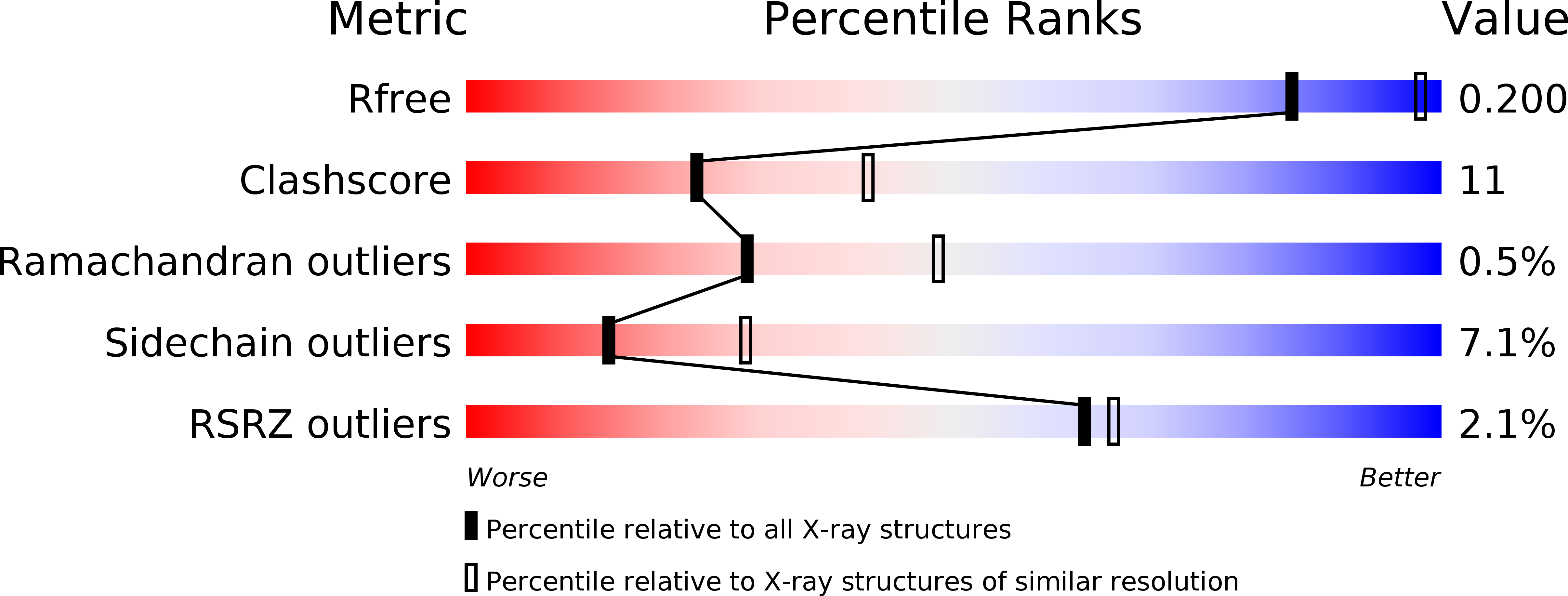
Deposition Date
2000-03-09
Release Date
2000-08-23
Last Version Date
2024-11-13
Entry Detail
PDB ID:
1EKM
Keywords:
Title:
CRYSTAL STRUCTURE AT 2.5 A RESOLUTION OF ZINC-SUBSTITUTED COPPER AMINE OXIDASE OF HANSENULA POLYMORPHA EXPRESSED IN ESCHERICHIA COLI
Biological Source:
Source Organism:
Pichia angusta (Taxon ID: 4905)
Host Organism:
Method Details:
Experimental Method:
Resolution:
2.50 Å
R-Value Free:
0.20
R-Value Work:
0.18
R-Value Observed:
0.18
Space Group:
C 2 2 21


